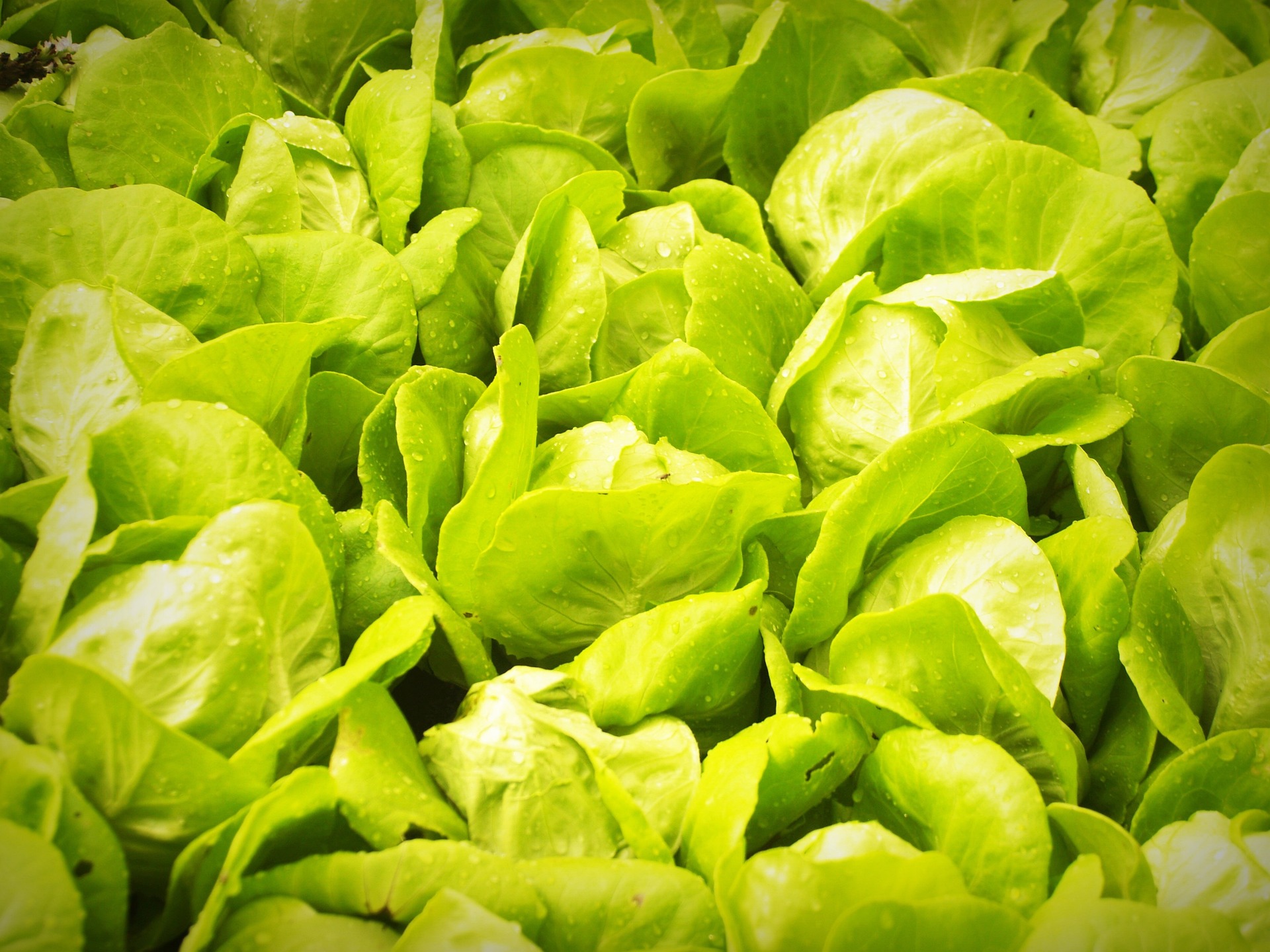New Agricultural Technology in Modern Farming
The field of agriculture is constantly evolving, and new technology is playing a vital role in shaping the future of farming. From precision agriculture to vertical farming, a wide range of innovative tools and techniques are being developed to help farmers increase productivity, improve sustainability, and meet the growing demand for food. In this article, we will explore some of the key new technologies that are being used in modern farming and discuss the potential benefits and challenges that come with them.
One of the most promising new technologies in the agriculture industry is precision agriculture. This approach utilizes technology such as GPS, sensors, and drones to collect data on crop growth and soil conditions. This data is then analyzed to create detailed maps of the farm and optimize planting, fertilization, and harvesting. Precision agriculture can help farmers to increase yields, reduce waste, and decrease the use of water and other resources. It also enables farmers to make data-driven decisions, which can improve the overall efficiency of their operations.
Another important development in the agriculture industry is the use of autonomous tractors and other farm equipment. These vehicles are equipped with sensors and cameras that allow them to navigate and perform tasks on the farm without human intervention. This can help to reduce labor costs and improve efficiency, as the tractors can work around the clock without breaks. Autonomous tractors can also be programmed to detect and avoid obstacles, which can help to reduce accidents on the farm.
Vertical farming is also becoming an increasingly popular way to grow crops. In this approach, crops are grown in stacked layers in a controlled environment. This allows for year-round crop production in even the harshest climates, and reduces the use of land and water. Additionally, it reduces the need for pesticides and herbicides, as the controlled environment can prevent the growth of pests and weeds. Vertical farming also enables farmers to grow crops in urban areas, which can help to address food security concerns in cities.
Robotics and artificial intelligence (AI) are also playing a key role in the agriculture industry. Robotics can help to automate tasks such as planting and harvesting, which can improve efficiency and reduce labor costs. AI can be used to analyze data from precision agriculture, predict crop yields, and monitor the health of the plants. This can help farmers to make more informed decisions, improve their operations, and increase their competitiveness in the marketplace.
Another new technology that is being used in modern farming is precision irrigation. This approach uses sensor technology to monitor soil moisture levels and adjust the amount of water that is applied to the crops. This can help to reduce water waste and improve crop yields. Additionally, precision irrigation can help to reduce the risk of water pollution, as farmers can apply water only when and where it is needed.
Despite the many benefits of these new technologies, there are also potential challenges. One of the main concerns is the high cost of these technologies, which can be prohibitive for many small farmers. Additionally, there are concerns about the environmental impact of precision agriculture, vertical farming, and autonomous tractors. For example, the use of pesticides and herbicides in precision agriculture can be harmful to the environment, and vertical farming can lead to the loss of biodiversity.
Another concern is the potential for these technologies to create a divide between small-scale farmers and large agribusinesses. Small-scale farmers may not have the same access to technology and resources as larger companies, which can put them at a disadvantage in the marketplace. This can lead to further consolidation of the agriculture industry



